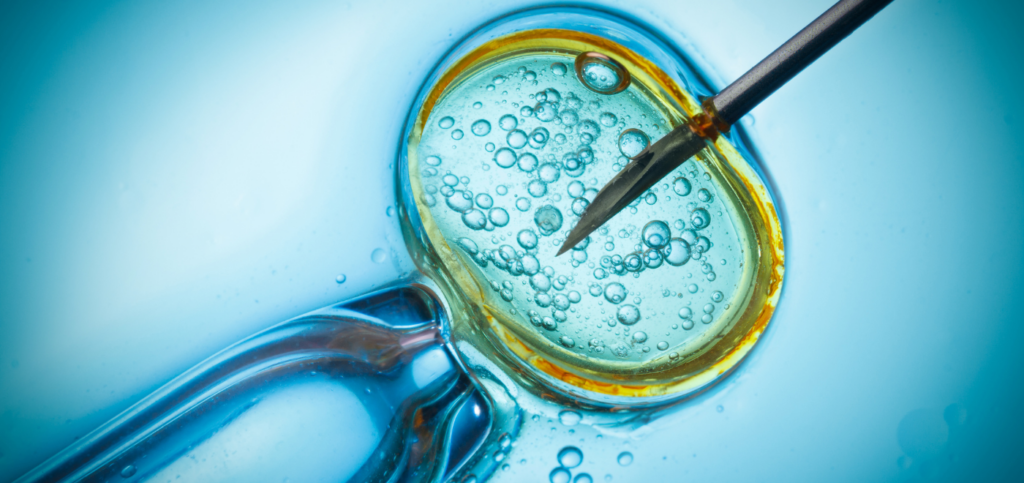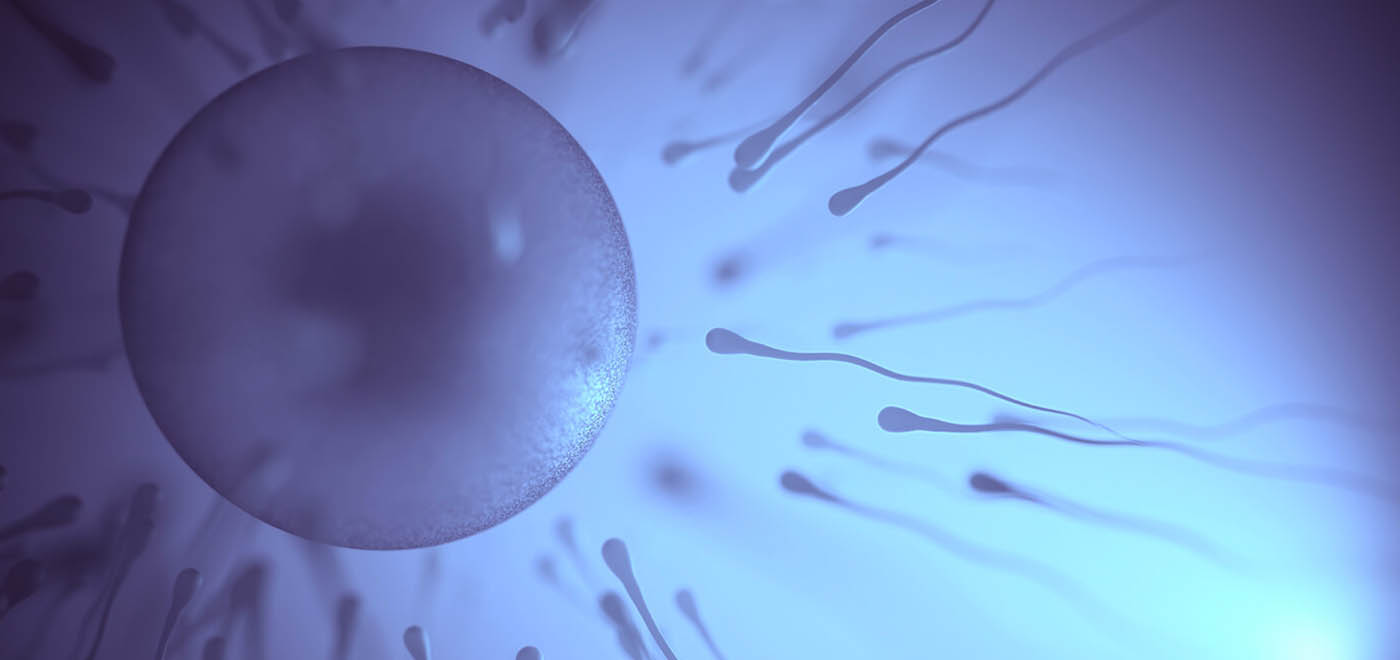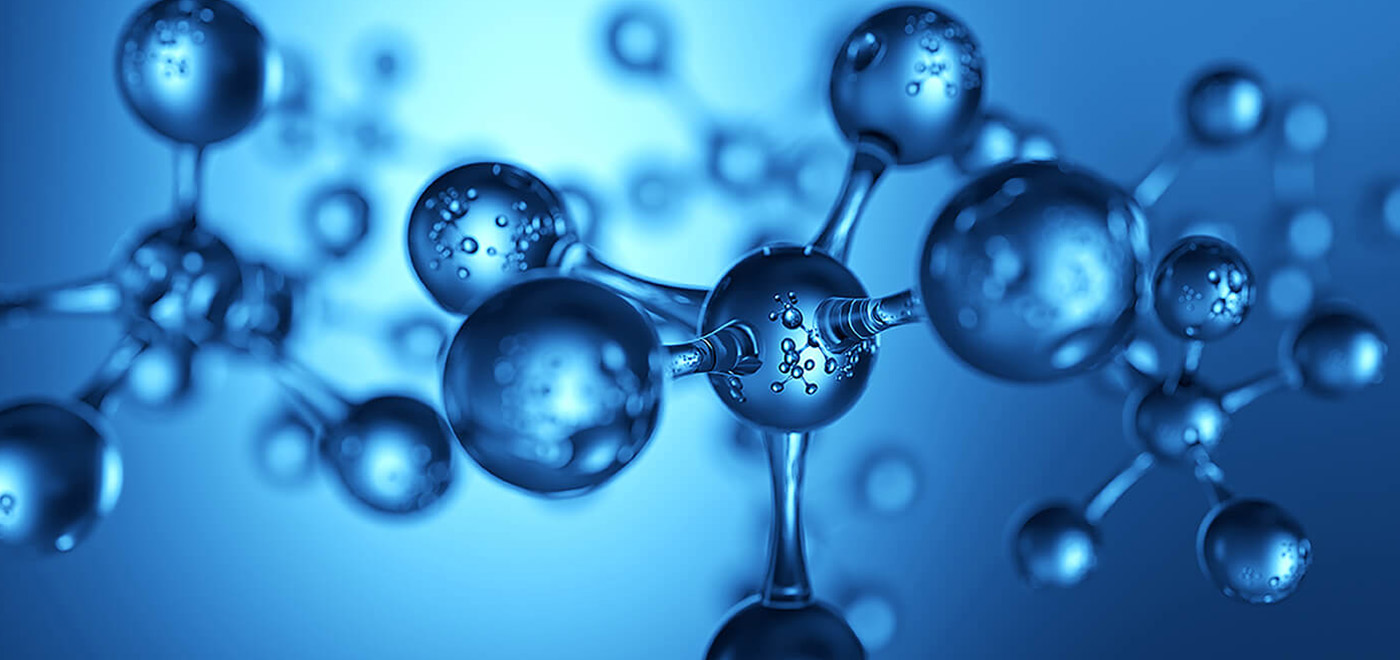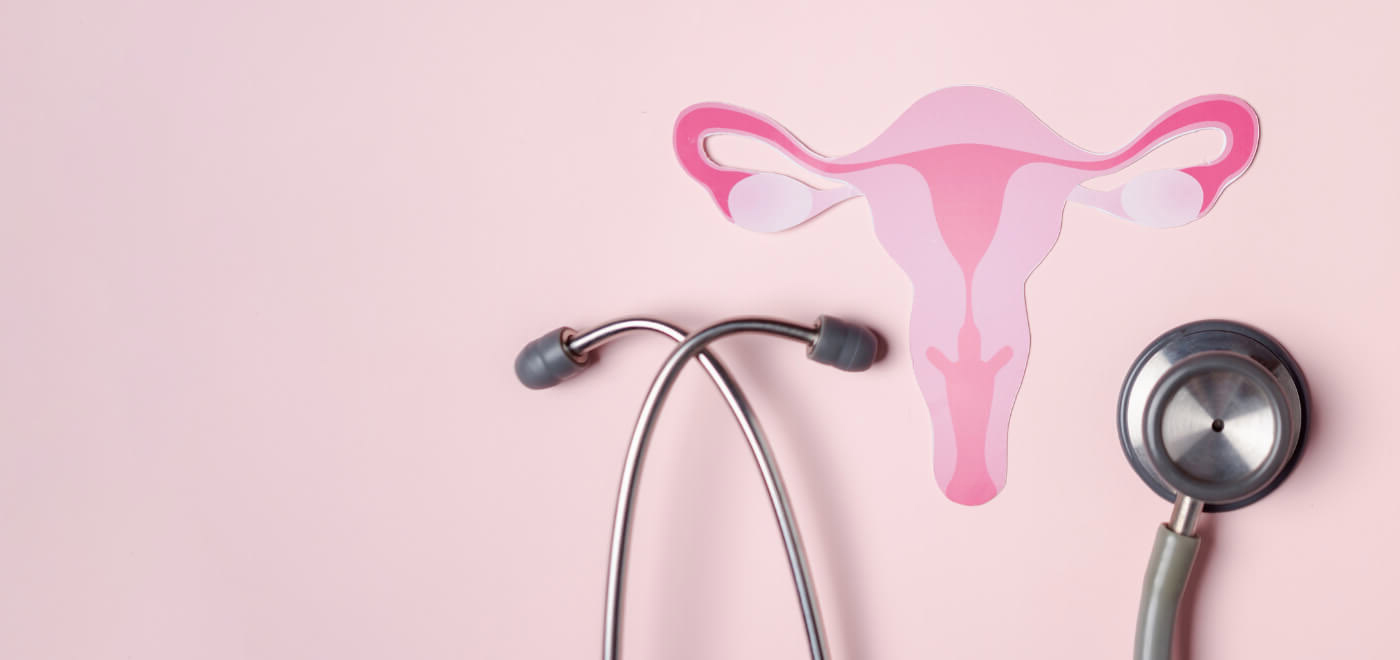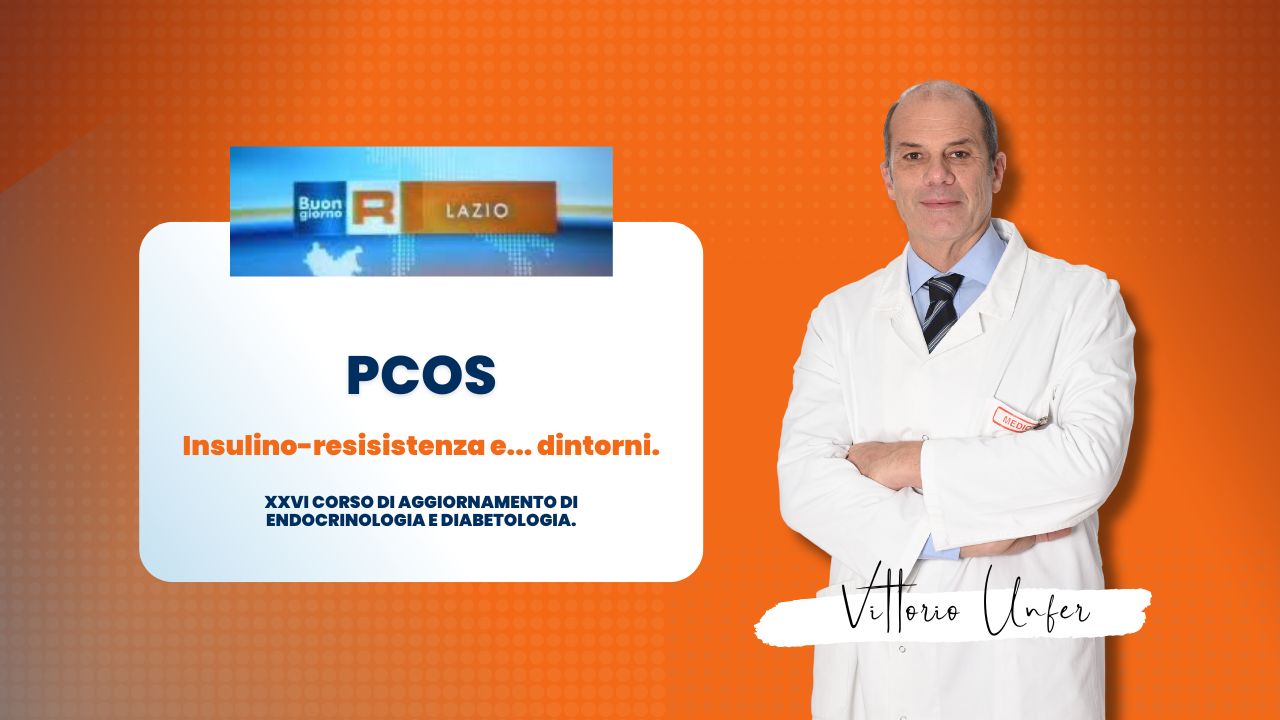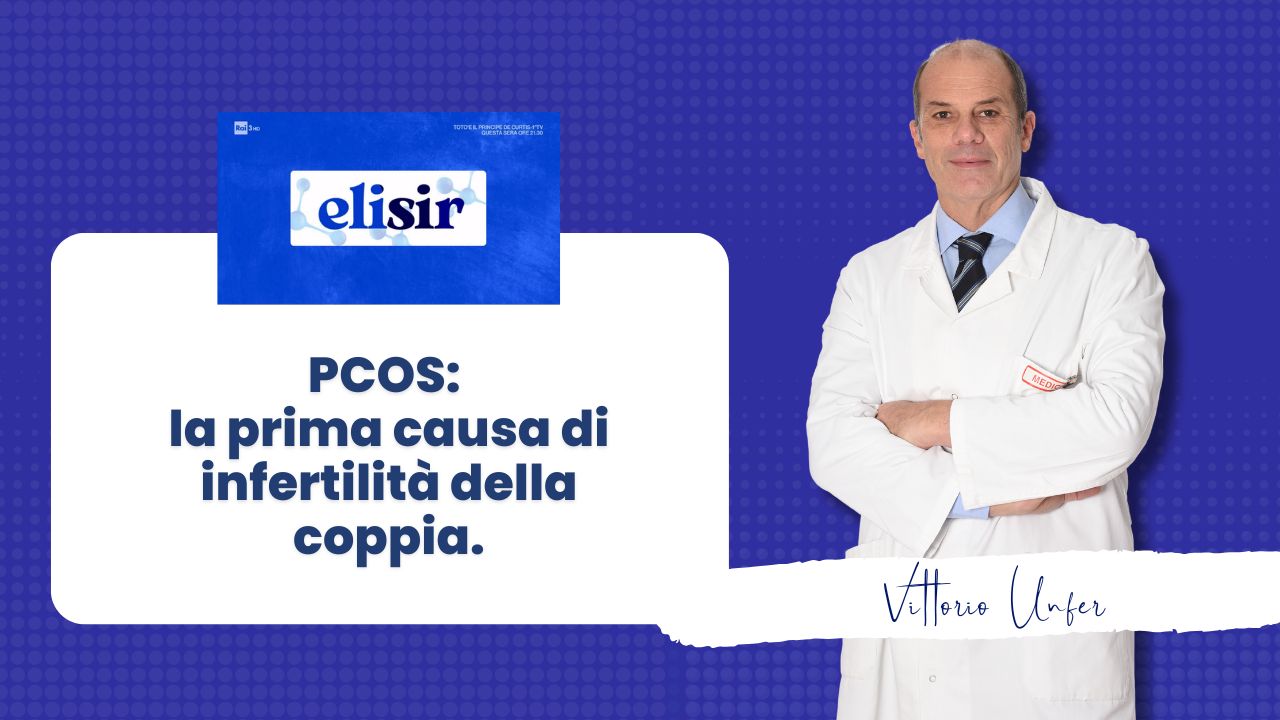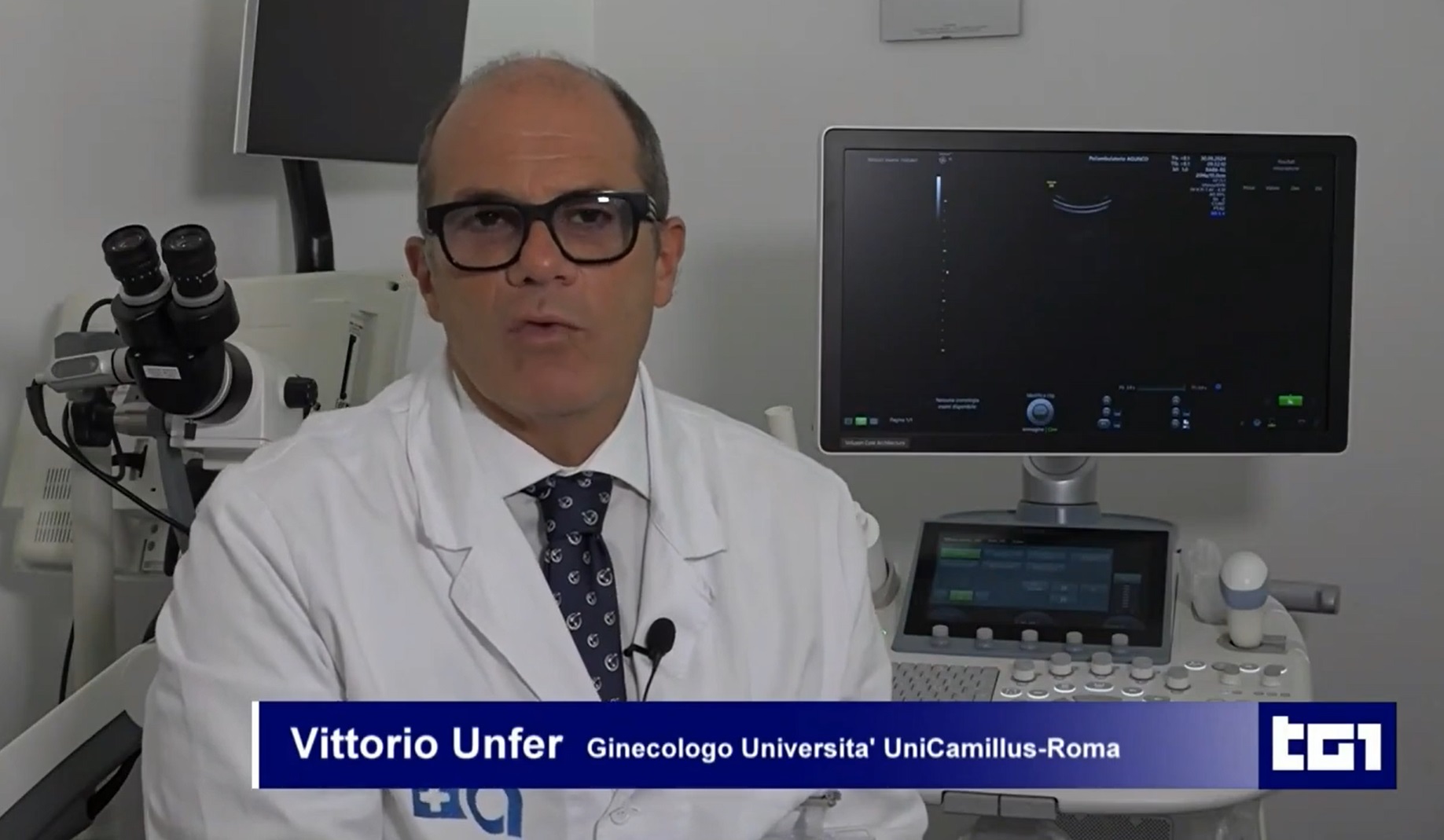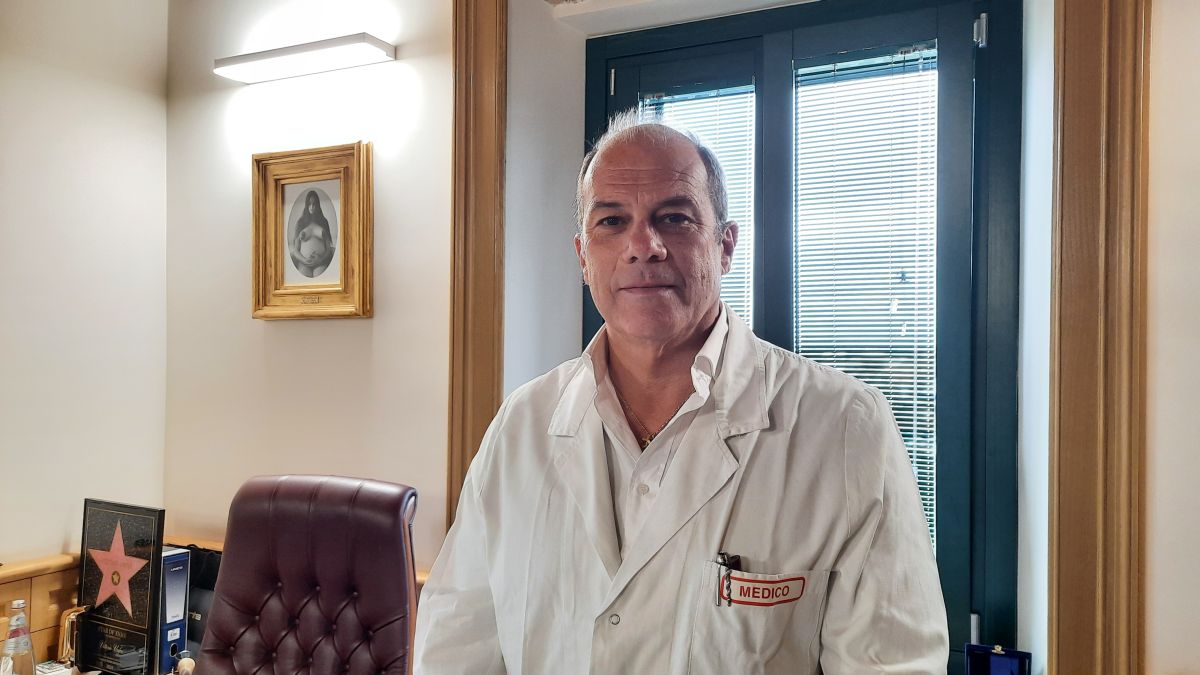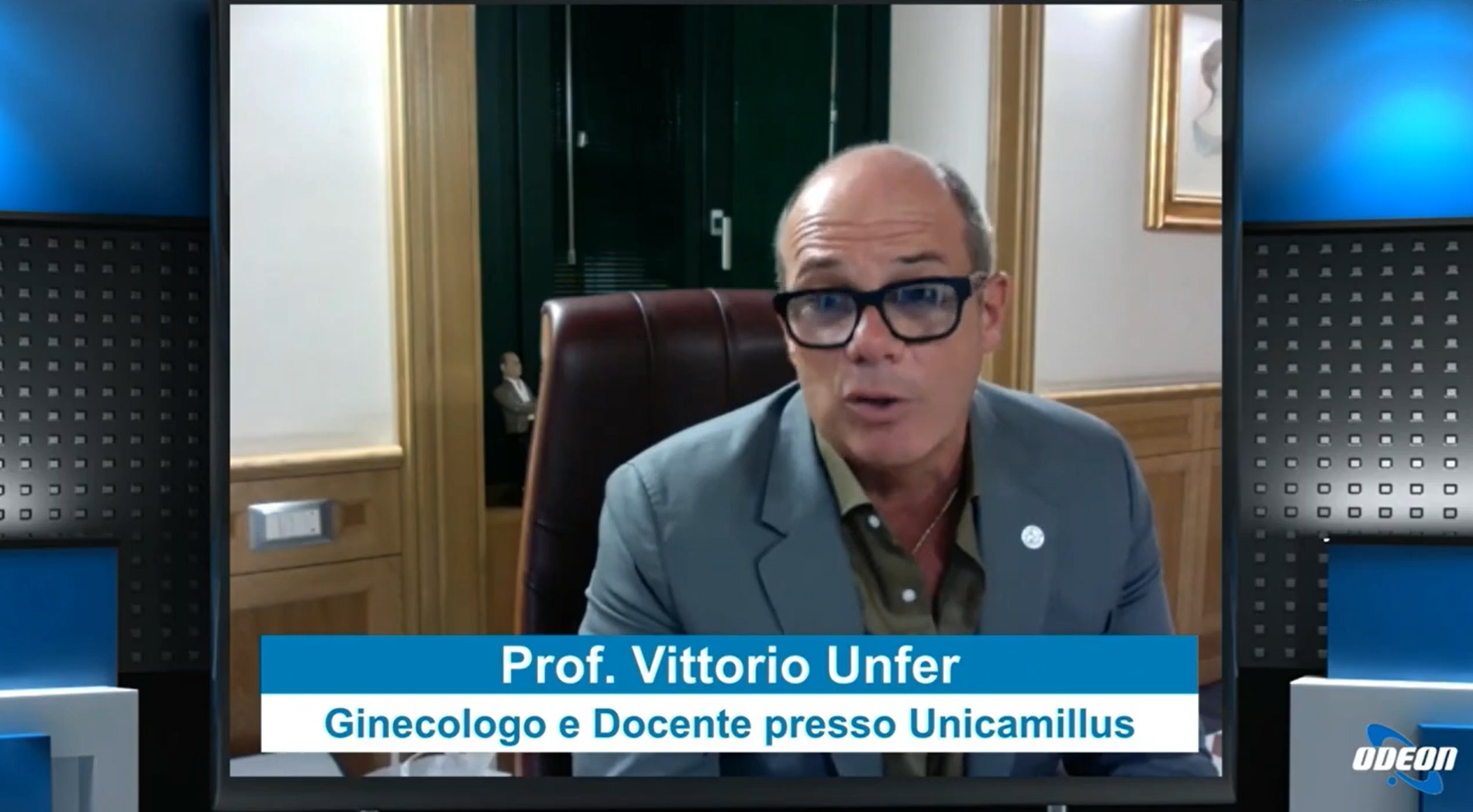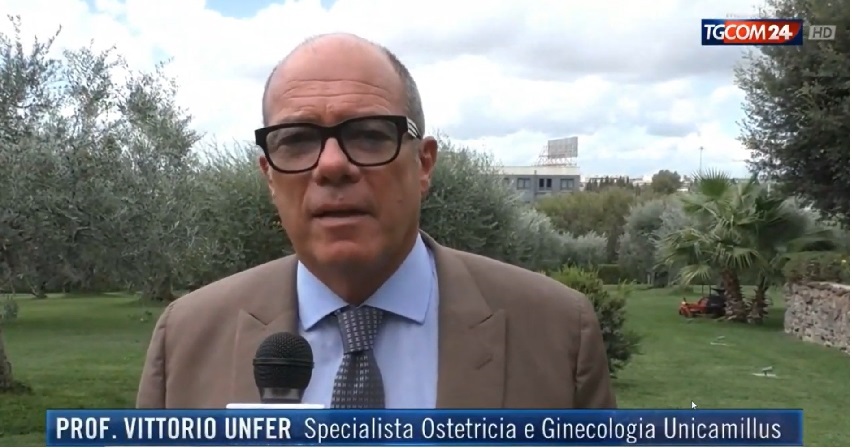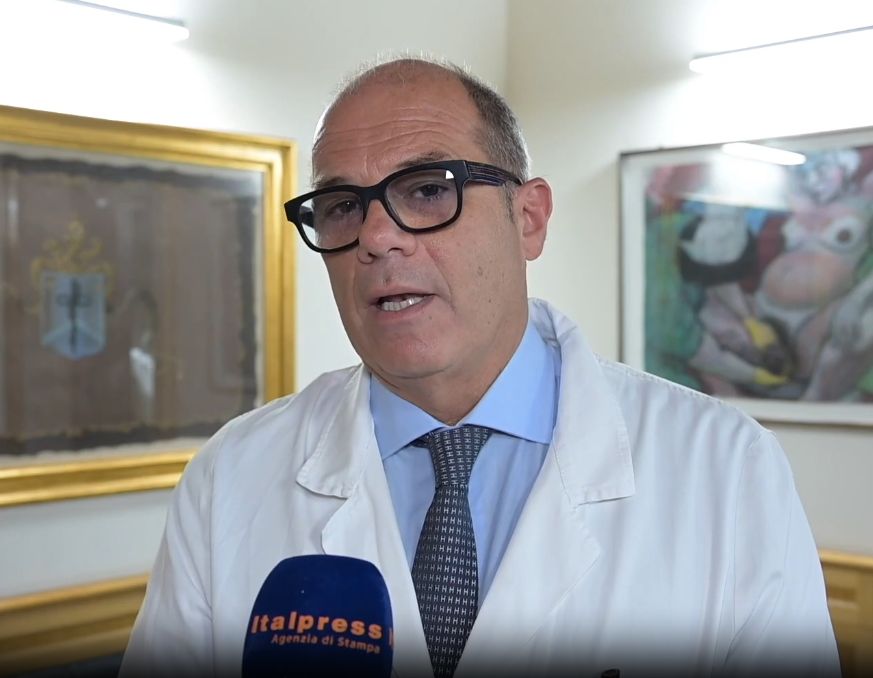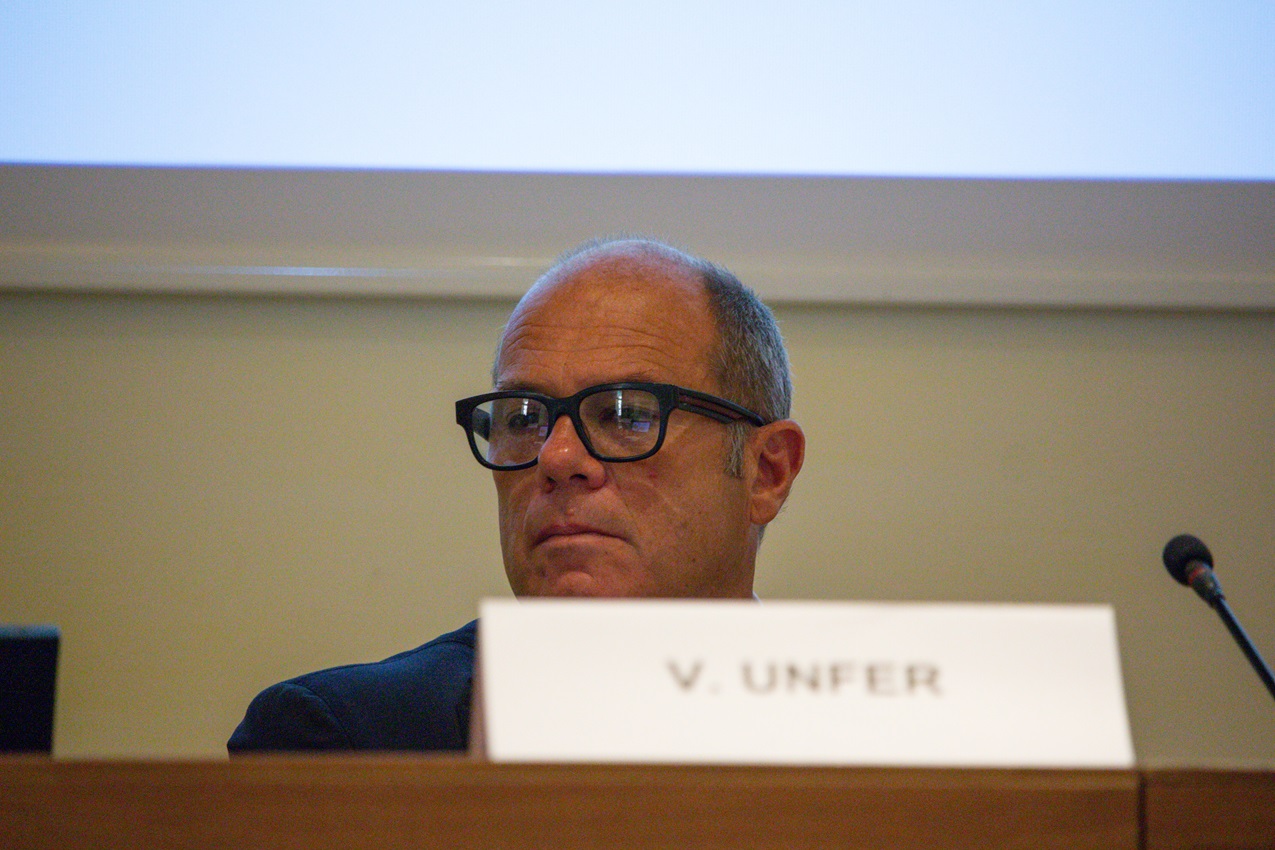C. Manna, A. Rahman, G. Grimaldi, V. Unfer, H. Sallam. Genesis Ctr for Human Reproduction, Rome, Italy; Alexandria Fertility Ctr, Alexandria, Egypt.
Objective: The aim of this work was to evaluate the plasma E2/FSH ratio as an index of ovarian stimulation response and a predictor of poor response in patients undergoing IVF and ICSI treatment, compared to plasma E2 or FSH alone.
Design: Stepwise regression analysis in a group of patients attending ART procedures in year 2000.
Materials/Methods: A total of 47 female patients attending the assisted conception unit for IVF or ICSI treatment were studied, consisting of 8 patients who responded poorly and 39 patients with good response to ovarian stimulation. Plasma E2, serum FSH, and E2/FSH ratio were measured and calculated in daily blood samples obtained on days 1 to 7 of ovarian stimulation.
Results: Stepwise regression analysis revealed that the number of oocytes retrieved was significantly dependent on the E2/FSH ratio measured on day 3 of ovarian stimulation (R2 5 0.551; P , 0.05). Comparing the values of E2, FSH and E2/FSH ratio in the poor responders (n 5 8) to those in the good responders (n 5 39) revealed that statistically significant differences between both groups regarding E2/FSH ratio started on day 2 of ovarian stimulation (P , 0.05). Statistically significant differences between both groups regarding plasma E2 started on day 3 of ovarian stimulation (P , 0.005), while significant differences between both groups regarding plasma FSH levels started on day 4 of ovarian stimulation (P , 0.05). An E2/FSH value of ,6 on day 4 of ovarian stimulation was associated with a 100% sensitivity and a 87.2% specificity in predicting cycle cancellation.
Conclusions: It is concluded that E2/FSH ratio is a better index of ovarian stimulation response compared to either plasma E2 or FSH alone among patients treated with IVF or ICSI and can give an earlier index to predict cycle cancellation in poor responders.
Supported by: Personal Research.



